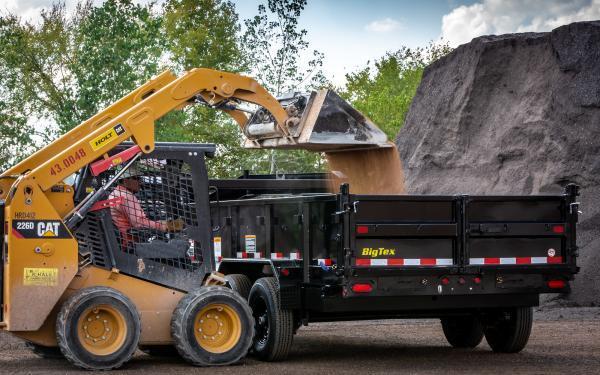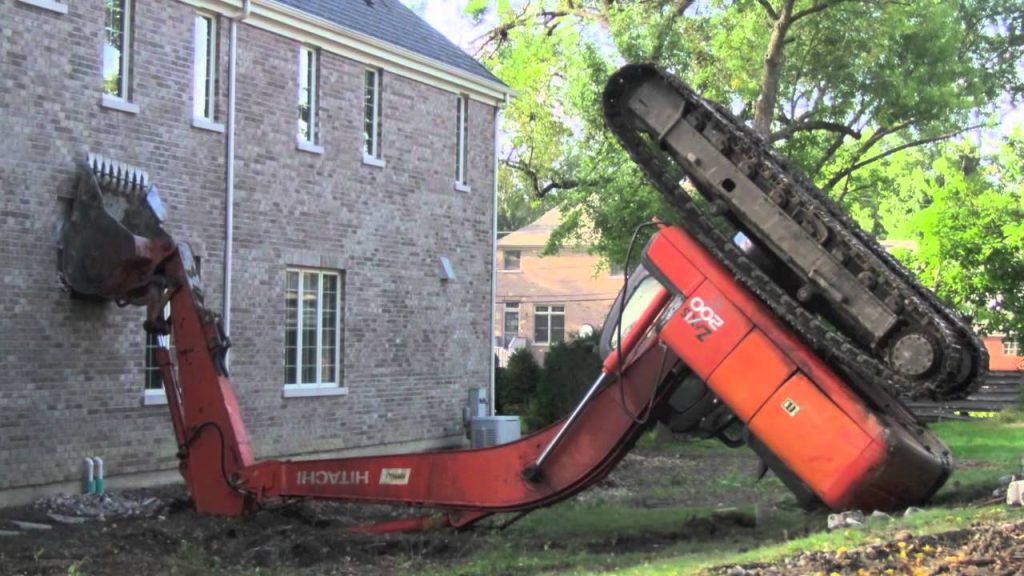A Checklist for Using Heavy Machinery in Landscaping Projects

Thanks to modern technology, one landscaper on a machine can do the digging of five and not get tired. When you factor in the time saved and protecting your body from damage, it’s often worth it to rent some heavy machinery. However, the same factors that allow you to save all the time are the ones you must be careful of to prevent severe damage to man and property. Though not exhaustive, here is a small safety checklist for those of you considering such an endeavor.
BC One
Our version of Before You Dig is BC One. When you have decided you will be using heavy machinery to do any kind of digging, be sure to submit a ticket to BC One at least a week ahead of time. This free process is very simple and intuitive but does take a few days for them to get back to you. You will often get replies from multiple organizations including internet and utilities. It’s essentially an aggregate of all the buried utilities in Victoria, not including your own custom electric and irrigation lines. What you will receive are maps of the lines as well as your property. These are, however, rough drawings. It is well known in the landscaping industry that the maps can lie and sometimes whoever worked on the lines last failed to mark them properly with sand and colored sheets. It is important to hand dig at least 1 meter away from the lines.
Practice Reduces Mistakes
Familiarize yourself with the use of the machinery at the rental yard. There is often enough flat space and someone there to give you the basic instructions. The last thing you want to do is mess around on your own property with a very powerful machine. These things can easily take out pieces of your house, or worse hurt someone.
Learn about Balance

It’s important to understand weight and counterweight in order to balance the machines properly. The smaller the machine, the more likely it is to tip. If your property is on a slope, that can cause machines to tip as well. It doesn’t take much to tip these machines especially if there is a heavy load extended away from the center of gravity. There are lots of youtube videos that explain the basics. Much of it is intuitive like riding a bike. If the machine tips, know what to do. Generally speaking, the cabin is protected on all sides. However, one’s instincts is often to jump out. If the machine tips with you outside of the cabin, you are likely going to be crushed to death. Train your mind to stay within the cabin in the event of a tip.
Blind Zones
Be aware of blind spots. These machines are essentially mini tanks. In fact, early tanks operated the same way as tractors, excavators, and skid loaders. When backing up, always look back first. When swinging a bucket around, be aware of where it’s swinging to before you move the controls. Be aware of the danger zones where anyone within a certain radius is at risk of injury and death. If you have children and pets, keep them inside at all times. The lightest machines weight a few thousand pounds and have the hydraulic power to crush a skull like an egg.
Final Thoughts
A small excavator or skid loader is able to save significant amount of time and effort. When used properly they are a great tool to help your landscaping project. However, the power that allows them to do the work of many men is the same power that can easily damage and destroy life and property. Extreme care must be taken when operating these machines. The smallest bump can cause significant damage due to the sheer power of the hydraulics and the weight of the machines. The smallest machines can lift hundreds of pounds like it’s nothing, dig through 1-2 ft of hard soil like it’s sand. Take the proper precautions, ask questions if you don’t know, and have a plan for emergency situations like if a gas line is breached or a machine tips over. If it’s truly out of your comfort zone, you can always do it by hand.